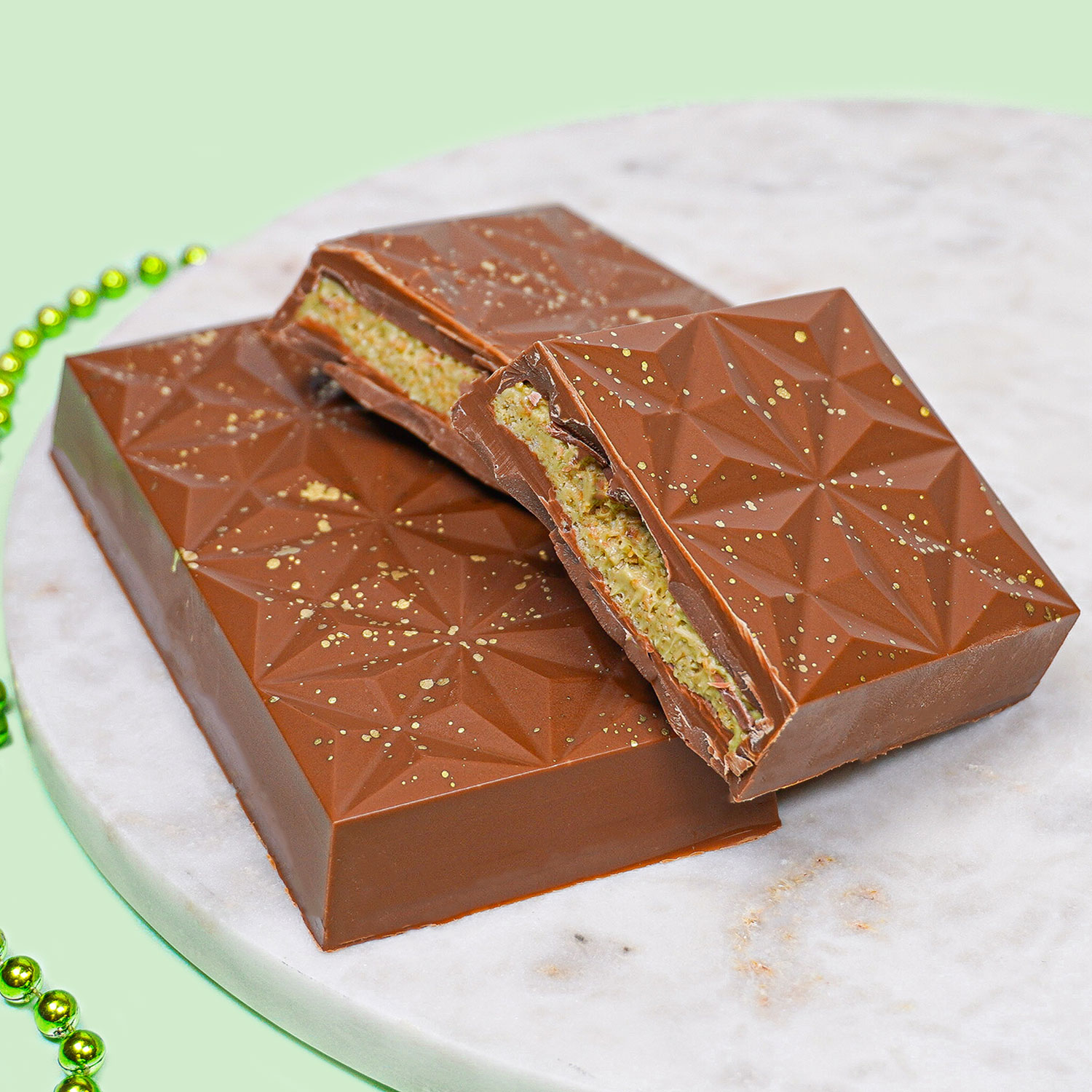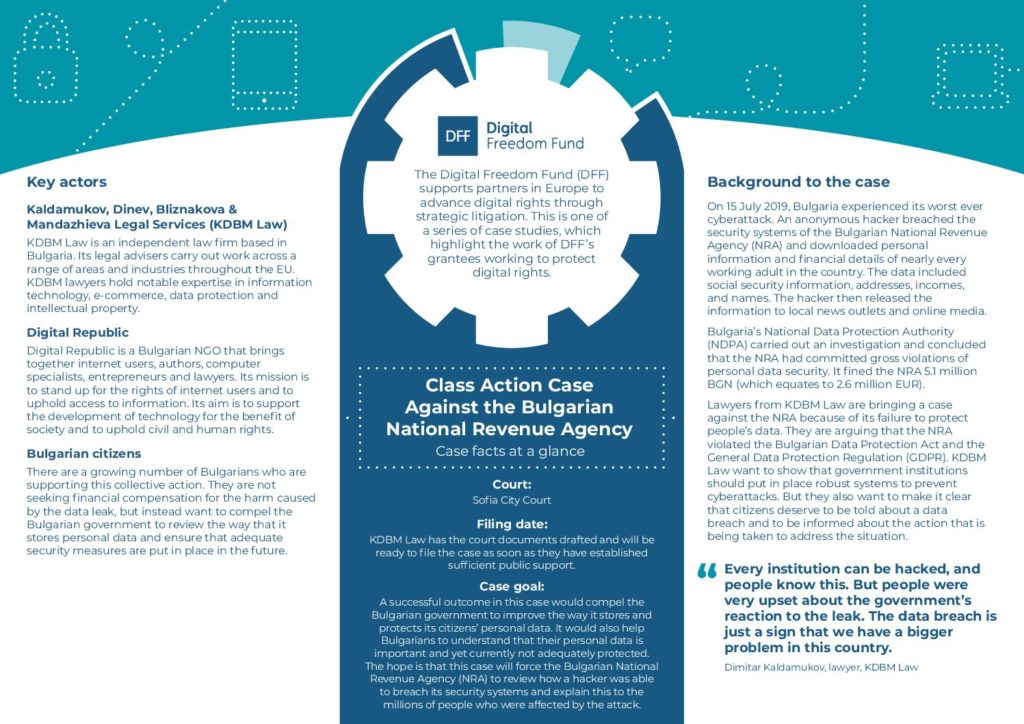
Sweet Deceptions: The Truth Behind Discount Chocolates
In a world where budget products often promise luxury experiences, a recent revelation regarding Dubai-inspired chocolates sold at supermarket giants like Aldi and Rewe has stirred considerable debate. Behind the glitz of luxurious branding, an insider has pulled back the curtain, revealing a shocking truth: consumers are paying exorbitant prices for what is essentially an easy-to-make treat. This exposé shines a light on the practices of some well-known retailers and beckons us to reconsider our shopping habits.
 The allure of branding often overshadows basic economics.
The allure of branding often overshadows basic economics.
The Granular Details of Chocolate Pricing
A chocolate confection that has made waves for its exoticism and pricing is dubbed the “Dubai chocolate.” Often characterized by its intricate fillings, particularly a pistachio crème encased in delicate textures, it has become a sensation among consumers. But as local pastry chef Silvia Roloff pointed out, the reality of its composition is far more mundane than the extravagant name suggests.
The reality of Dubai chocolate is essentially this: it comprises pistachio cream and Kadayif—a Turkish pastry— wrapped in chocolate. With basic ingredients costing around 6.50 Euros, one can create a substantial batch at home. The phenomenon of extravagant pricing—up to 20 Euros for a mere 150 grams—raises eyebrows and ignites conversations about consumer manipulation. As Roloff emphasizes, “Why pay so much for a product you can make yourself for considerably less?”
The stark difference presents a fascinating case of how marketing plays on consumer psychology, creating demand where simplicity could rule.
The Ingrained Habit of Overpaying
In today’s consumer landscape, the tendency to reach for convenience can often overshadow prudence. As consumers flock to Aldi, Rewe, and various discount retailers in search of novelty, their purchasing decisions are frequently dictated by packaging and presentation rather than substance and value.
While it’s easy to succumb to clever marketing tactics, public acknowledgment of these practices by insiders indicates a growing awareness. Sustaining a culture of luxury around simple chocolates, primarily produced by mainstay brands operating as “no-name” products, inevitably leads to questions of value.
Should consumers engage in homemade alternatives rather than succumbing to the allure of premium pricing? For many, the notion of crafting their own Dubai chocolates is not merely an exercise in frugality, but an exploration of creativity and culinary skills. Their burgeoning interest not only emphasizes the joy of being engaged in the kitchen but also a prudent approach to budgeting.
“I can’t believe I was paying those prices! Thanks to this video, I’ll never look at chocolates the same way again!” declares a viewer. This new wave of consciousness could mark the beginning of a significant shift in how consumers view luxury goods.
 Investing time in crafting sweets can be rewarding and cost-effective.
Investing time in crafting sweets can be rewarding and cost-effective.
The Wider Context: Consumer Spending Behavior
Simultaneously, this scandal over these seemingly lavish chocolates happens amidst a much broader context of consumer spending behavior. The increasing popularity of social media platforms has arguably exacerbated the phenomenon of the “Instagrammable” chocolate. Beautifully packaged products command attention and lead to impulse purchases that often don’t reflect the actual quality.
The stark contrast in quality versus price markup presents a conflict: should consumers distinguish between the emotional worth and actual value of products? Hyman’s recent focus on proving doubters wrong echoes this sentiment of reevaluation within consumer spaces. It suggests an awakening for individuals, prompting them to question the branding and its associated costs rather than ignore them altogether, thus rejecting ideas of status tied to products.
In parallel discussions around sports, athletes like Zach Hyman reflect the importance of merit over perception. His recent performances demonstrate how proving one’s capabilities can overshadow pre-existing labels, highlighting that true value often lies beneath flashier surfaces.
The Future of Consumer Choices
Reexamining consumption culture—especially as it relates to inexpensive products boasting inflated statuses—could spearhead a movement encouraging individual creativity. As discussions continue across food and other industries regarding transparency, the sparkling exterior of goods will increasingly be scrutinized. Consumers will likely evolve into more discerning buyers who prioritize real value over perceived luxury, translating to potential shifts in market dynamics.
For those interested in saving money and tapping into their culinary creativity, Roloff provides a simple recipe for homemade Dubai chocolate, stating, “It’s easy, fun, and much more satisfying than spending a fortune on something that takes no skill to create.”
In Conclusion
In a society conditioned to chase after novelty while neglecting the true value behind products, the outrage over exorbitantly priced chocolates reminds us that we hold the key to our consumer power. By embracing homemade alternatives, valuing quality over presentation, and questioning the foundation of branding, we embark on a journey toward more informed choices.
To fully capture the beauty of chocolate’s simplicity, we must be willing to leave aside the allure of brand prestige and embrace our creativity, perhaps crafting delightful chocolates of our own.
As consumers gain further clarity regarding product economics, we could witness a delightful resurgence in the art of home-making delicacies—one slab of chocolate at a time.












